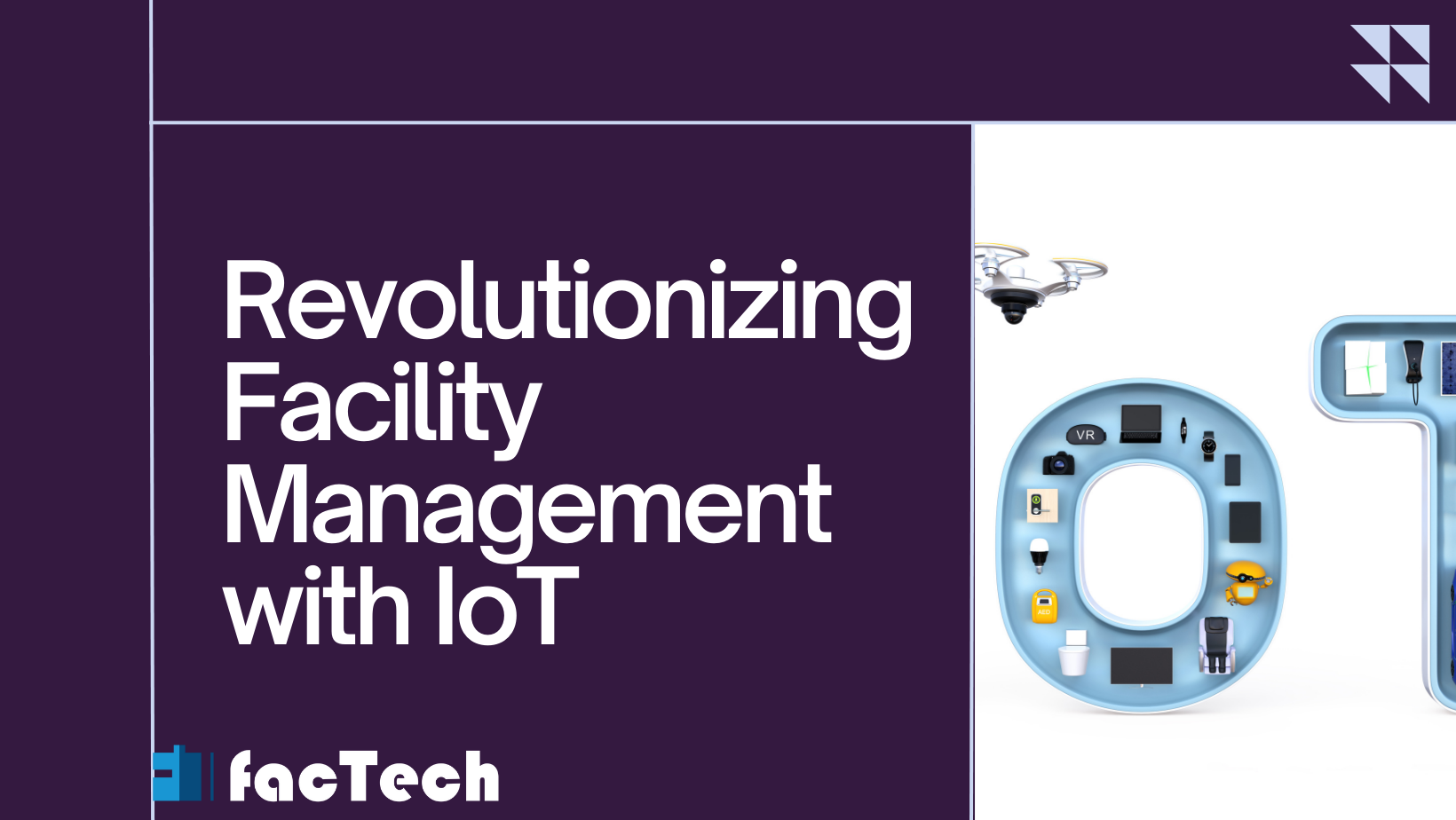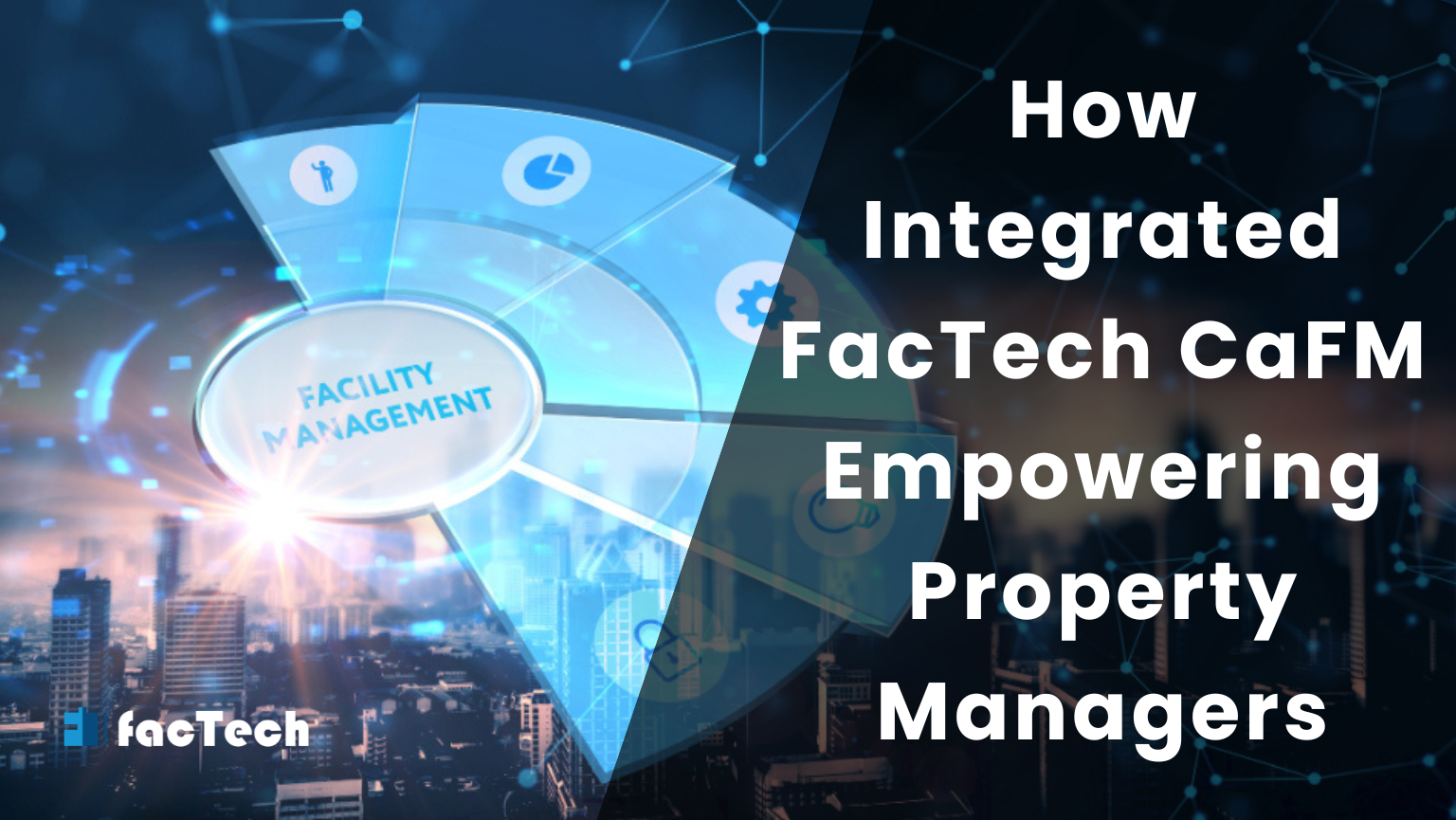Enhancing Facility Management with IoT Technology in 2024
Enhancing Facility Management with IoT Technology in 2024
An important turning point in facility management will occur in 2024. It goes beyond just keeping the floors spotless and the lights on. The days of isolated operations and reactive maintenance schedules are long gone. The Internet of Things, or IoT, has become so ingrained in our buildings that it has become an intelligent ecosystem full of insights gleaned from data.
The intricacies of how IoT is transforming facility management in 2024 are examined in this article, along with its effects on a range of factors and the new developments that will influence this sector going forward.
Uncovering Sensor Networks’ Potential
A dense network of Internet of Things sensors positioned thoughtfully throughout the facility is at the center of this shift. These little powerhouses are always gathering data in real time on many different parameters:
The following are the environmental conditions that must be met: temperature, humidity, and air quality
Occupancy levels: The number of people using specific areas is tracked by people counting sensors
Equipment performance: Vibration, temperature, and energy consumption of HVAC systems, lighting fixtures, and other critical equipment are monitored by sensors
Resource usage: water and energy meters offer detailed information about consumption patterns.
When combined into a single platform, this data gold mine gives facility managers access to previously unattainable levels of visibility and control.
Maximizing Efficiency in Operations
Envision a structure that is able to instantly adjust to the requirements of its people. This is no longer a far-fetched dream thanks to IoT. In 2024, facility management will use sensor data in the following ways:
Smart HVAC systems: Sensors that identify occupancy automatically regulate the heating or cooling to provide comfort while reducing energy waste.
Demand-based lighting: When lights are not in use, they automatically dim or turn off, saving a lot of energy.
Space optimization: Facility managers can better understand space consumption and design more efficient office layouts with the aid of occupancy data.
Read more:
IoT for predictive maintenance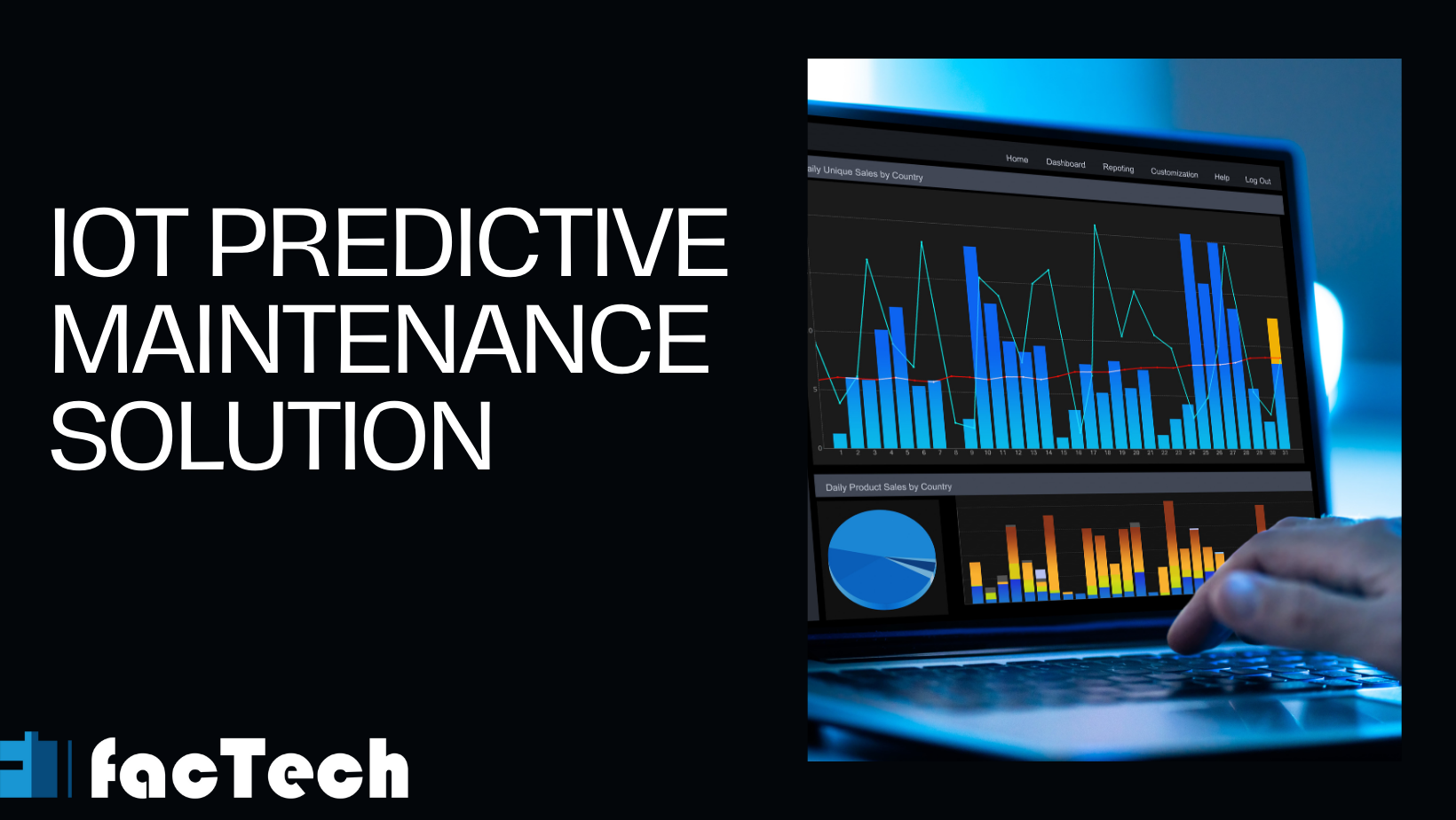
It looks like 2024 will be a historic year in facilities management. The Internet of Things (IoT) is expected to have over 207 billion linked devices by the end of the year, according to experts, and its impact on facility operations is becoming increasingly evident. Predictive maintenance is made possible by IoT, which is at the vanguard of this change.
Reactive maintenance was the mainstay of facility management in the past, with equipment breakdowns being fixed on-site. This method led to expensive downtime, potential safety hazards, and erratic repair costs. On the other hand, predictive maintenance changes the course. Facility managers can obtain real-time data on performance indicators like vibration, temperature, and energy consumption by utilizing Internet of Things (IoT) sensors integrated into their equipment.
The following are some ways that IoT will transform predictive maintenance in facility management by 2024 and beyond:
Data-Oriented Findings: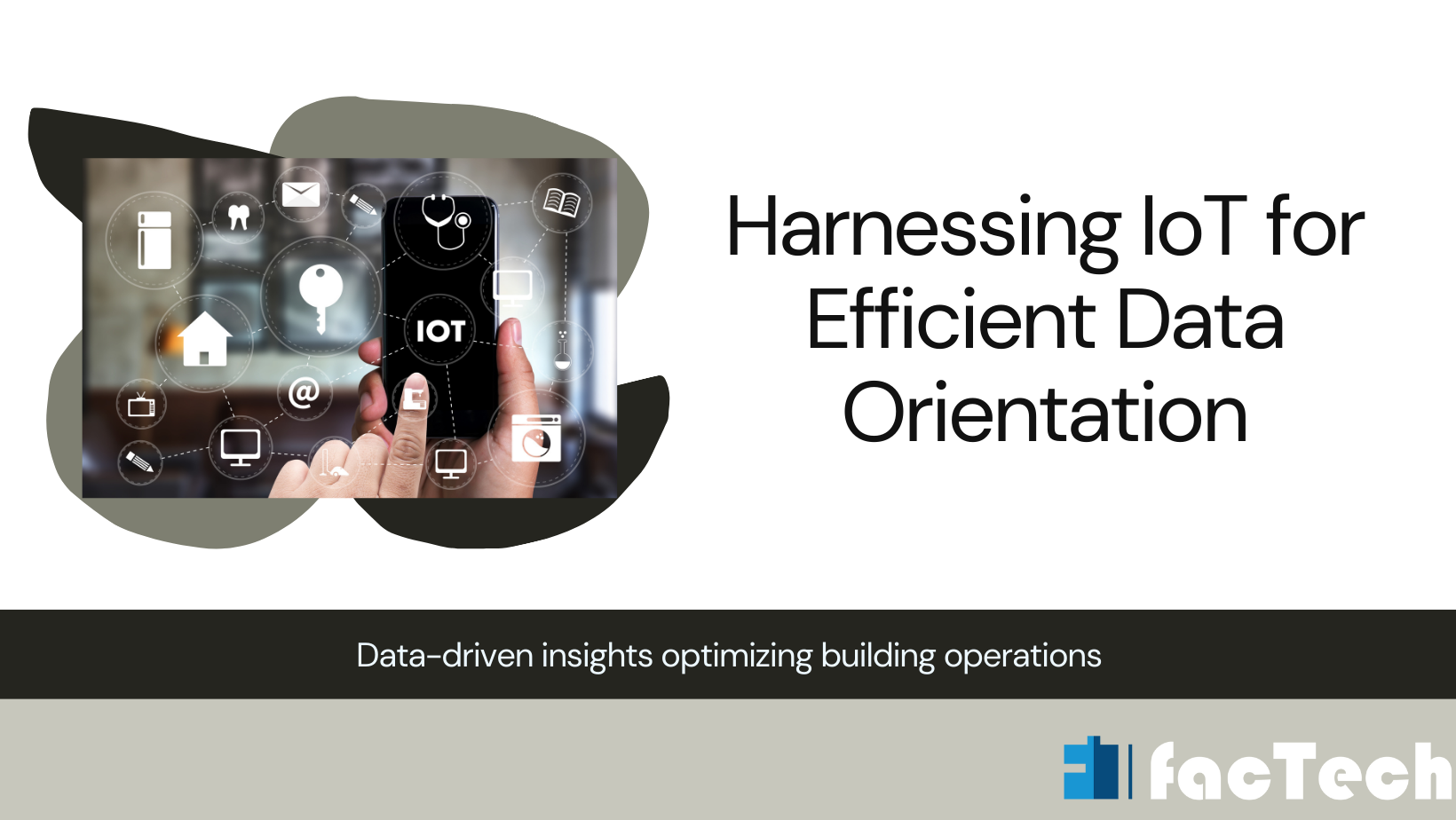
An intricate picture of the state of the equipment is painted by the constant stream of data produced by IoT sensors. Subsequently, this data is put into sophisticated analytics platforms, which are frequently driven by machine learning and artificial intelligence . These systems look for patterns, spot irregularities, and foresee possible equipment breakdowns before they happen.
Predictive maintenance:
It gives facility managers the ability to plan maintenance interventions ahead of time, maximizing resource utilization and averting expensive malfunctions. This is known as proactive maintenance scheduling. Imagine being able to prevent a disruption in building temperature management by receiving an alert about a possible problem with an HVAC unit.
Decreased Downtime and Costs:
Predictive maintenance reduces downtime and related expenses by identifying equipment problems early. This results in higher productivity throughout the board, lower repair costs, and better operational efficiency.
Enhanced Sustainability:
Sustainability objectives can also be helped by predictive maintenance. Facilities can lower energy costs and increase equipment lifespans by improving equipment performance and avoiding needless maintenance.
Space Optimization with IoT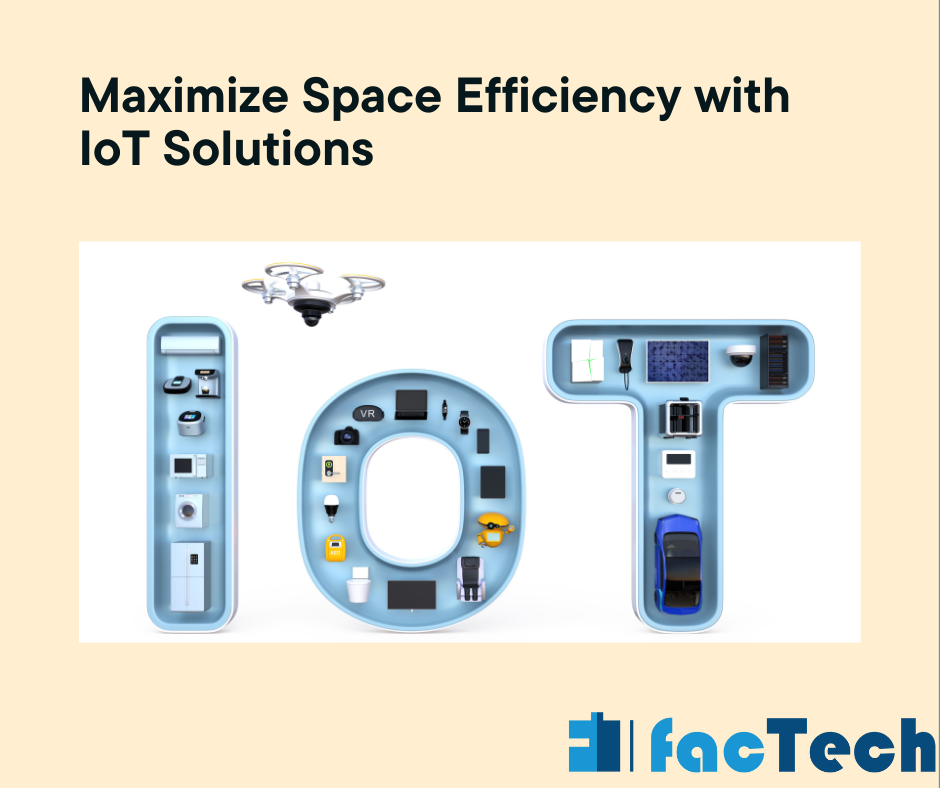
The emergence of the hybrid work style has presented traditional space management with an unexpected challenge. The days of static workplace layouts intended for maximum occupancy are long gone. Modern workspaces must be flexible enough to accommodate both on-site and remote employees. This is where the Internet of Things‘ magic enters the picture.
By 2024, the power of data and networked devices will have revolutionized facilities management. IoT is changing space optimization in the following ways:
Tracking Occupancy in Real Time:
Imagine sensors that are permanently supplying data on usage trends implanted in desks, seats, and conference rooms. Facility managers are able to comprehend how space is actually being used thanks to this real-time data. Do some conference rooms go unused while collaborative hubs are packed to capacity?
Data-Oriented Space Design:
Gone are the time of hunches and speculation. Advanced analytics and IoT data combine to produce data-driven space planning. This makes it possible to optimize design to better meet the demands of a workforce that is hybrid. Analyzing foot traffic patterns, for instance, may highlight locations for more quiet spaces or group work areas.
Intelligent Desk Reservation Systems:
Employees can reserve desks or meeting spaces via user-friendly apps instead of utilizing traditional sign-up sheets. This streamlines the procedure and offers useful information about space preferences and usage patterns. Facility managers can utilize this data to make sure that individual and collaborative workspaces are balanced.
The Prospects of Modular Work Areas:
Facility managers may design dynamic and flexible work spaces by utilizing the potential of IoT. Consider workstations that instantly adapt to personal preferences or alter conference rooms to suit the size and requirements of the gathering. The possibilities are endless.
A Benefit to Sustainability Initiatives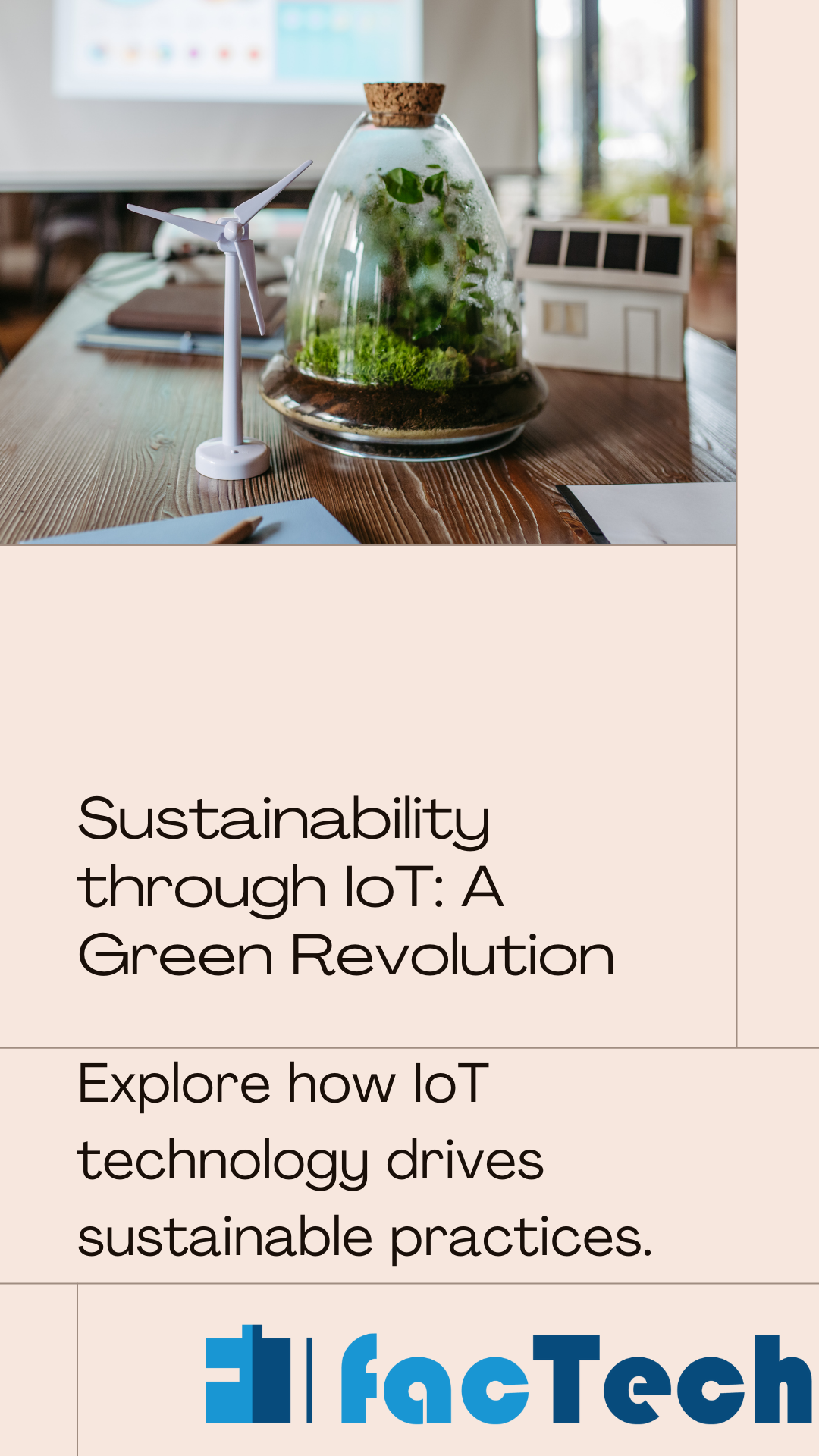
Buildings’ effects on the environment are a developing concern. In 2024, facility managers will have a strong tool thanks to IoT to support sustainability:
Water leak detection: Smart sensors can detect even the smallest leaks, preventing water waste and potential damage.
Real-time energy monitoring: Facility managers can identify areas of high energy consumption and take corrective action to reduce the building’s carbon footprint.
Optimizing resource utilization: Data-driven insights help facility managers embrace environmentally friendly habits such as collecting rainwater or irrigating with greywater.
Improving the Comfort Factor to Improve Occupant Experience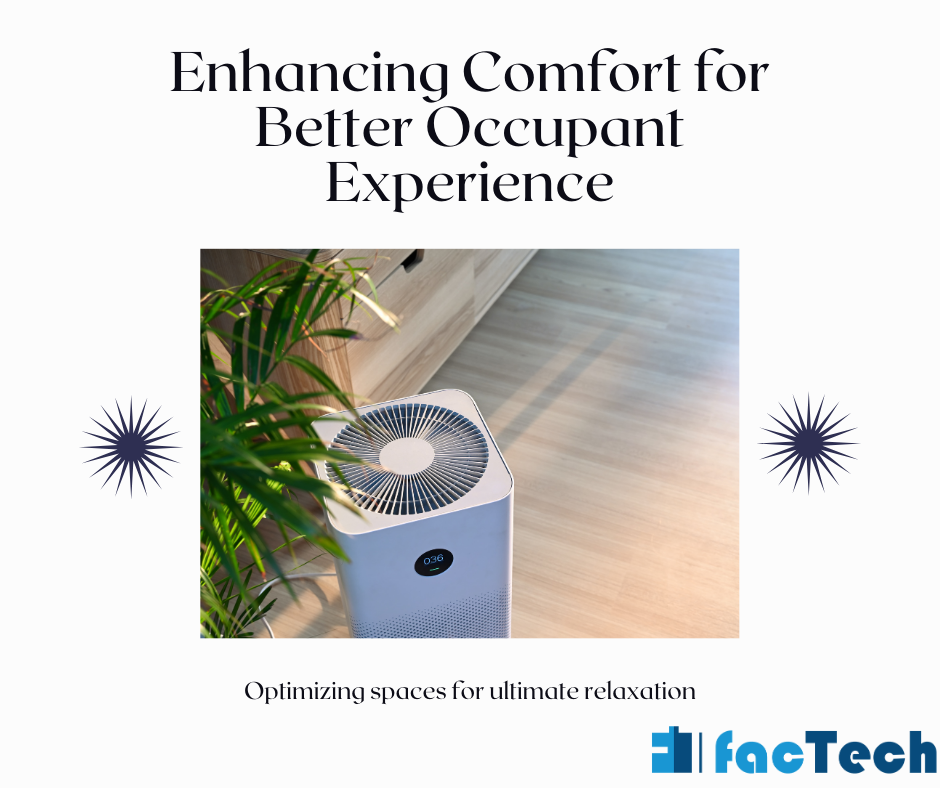
In today’s experience-driven workplaces, comfort for employees is critical. In 2024, IoT will address the following needs of occupants:
Customized temperature control: Residents of the building can modify the temperature in their assigned workstations via mobile apps.
Smart room booking: IoT-powered ventilation systems adjust depending on real-time air quality data, maintaining a healthy and productive atmosphere. Sensors identify room occupancy and immediately update room booking systems, preventing multiple bookings and wasted time.
New Trends: A Prospective View
As 2024 draws closer, a number of fascinating topics are influencing how IoT-driven facility management will develop in the future:
AI and machine learning integration: AI will be extremely important in evaluating sensor data, seeing trends, and allowing automated processes and predictive maintenance.
The Rise of Digital Twins: Facility managers will be able to virtually optimize operations and simulate situations thanks to a digital twin of the physical building made from sensor data.
Enhanced Security Solutions: IoT-enabled security systems that have real-time access control and facial recognition capabilities will bolster building security even more.
Verdict: The Future Is Intelligent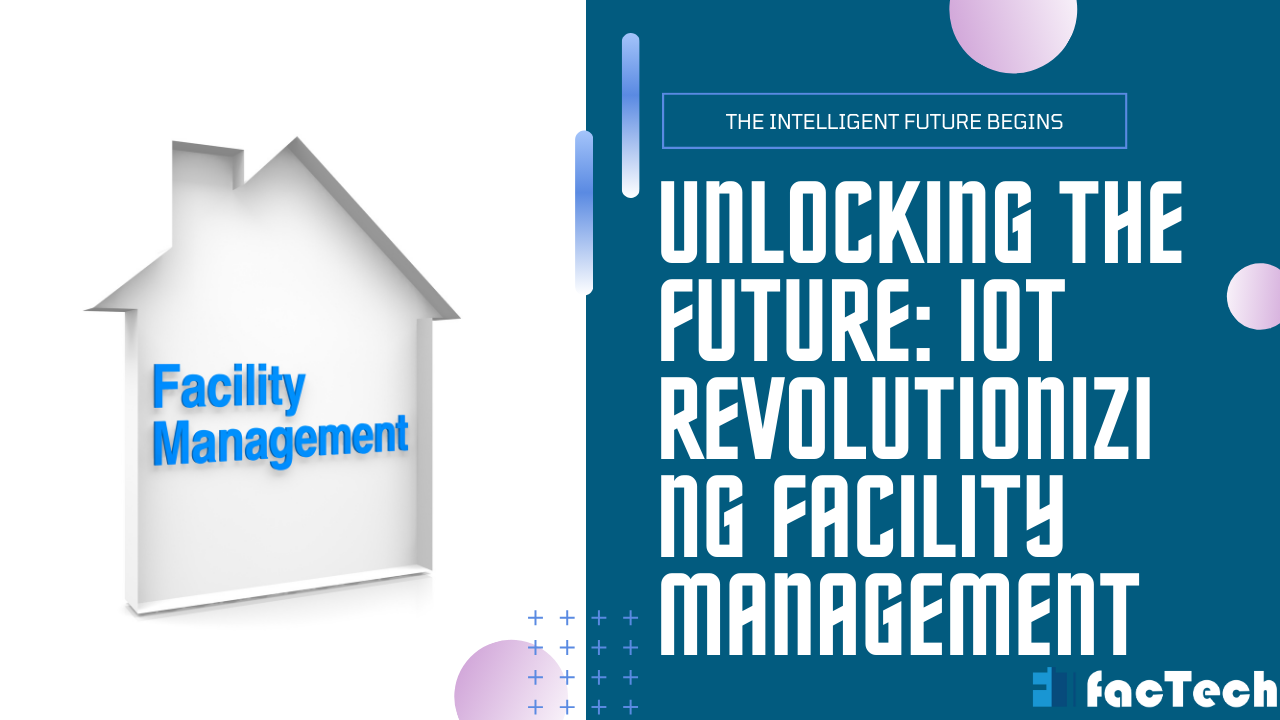
Without a doubt, facility management has a bright future. Facility managers in 2024 will be more than just administrators thanks to their embrace of the power of IoT and how it integrates with other cutting-edge technologies. They will be data-driven orchestrators building intelligent, sustainable, and experience-focused settings. With the increasing density of sensor networks and the advancement of data analytics, there are countless opportunities to optimize facility operations. The prospects for buildings should be sensitive, efficient, and supportive of both the planet’s and its inhabitants’ well-being. They should also be functional.
FAQs
What advantages will IoT have for facility management in 2024?
In 2024, IoT offers a number of advantages, such as:
Improved efficiency: Sensor data enables optimal resource management, space allocation, and energy consumption.
Predictive maintenance: Sensors can monitor equipment health, allowing for proactive maintenance and preventing costly breakdowns.
Enhanced occupant comfort: IoT-enabled security systems can improve access control and real-time monitoring.
Increased security: Smart building systems can automatically alter lighting, temperature, and ventilation for a more comfortable environment.
In 2024, how can IoT support preventive maintenance?
Facility managers can identify possible problems before they become failures by employing IoT sensors to monitor equipment performance. This makes it possible to plan maintenance in advance, cutting down on repair costs and downtime.
In 2024, how can IoT help make a facility more sustainable?
Real-time energy consumption monitoring is possible with IoT devices. Facility managers can use this data to pinpoint wasteful areas and put optimization plans into action. Additional ways to cut energy use include with smart lighting and thermostats.
In 2024, how can IoT enhance the experience of facility occupants?
When a sensor senses occupancy, it can automatically change the temperature and lighting. Digital signage and room booking systems can enhance navigation and space usage for a more comfortable experience.
What security factors should be taken into account while utilizing IoT in facility management?
Any IoT installation must prioritize security. To avoid unwanted access to data, it’s critical to select devices with robust encryption and secure communication protocols.
